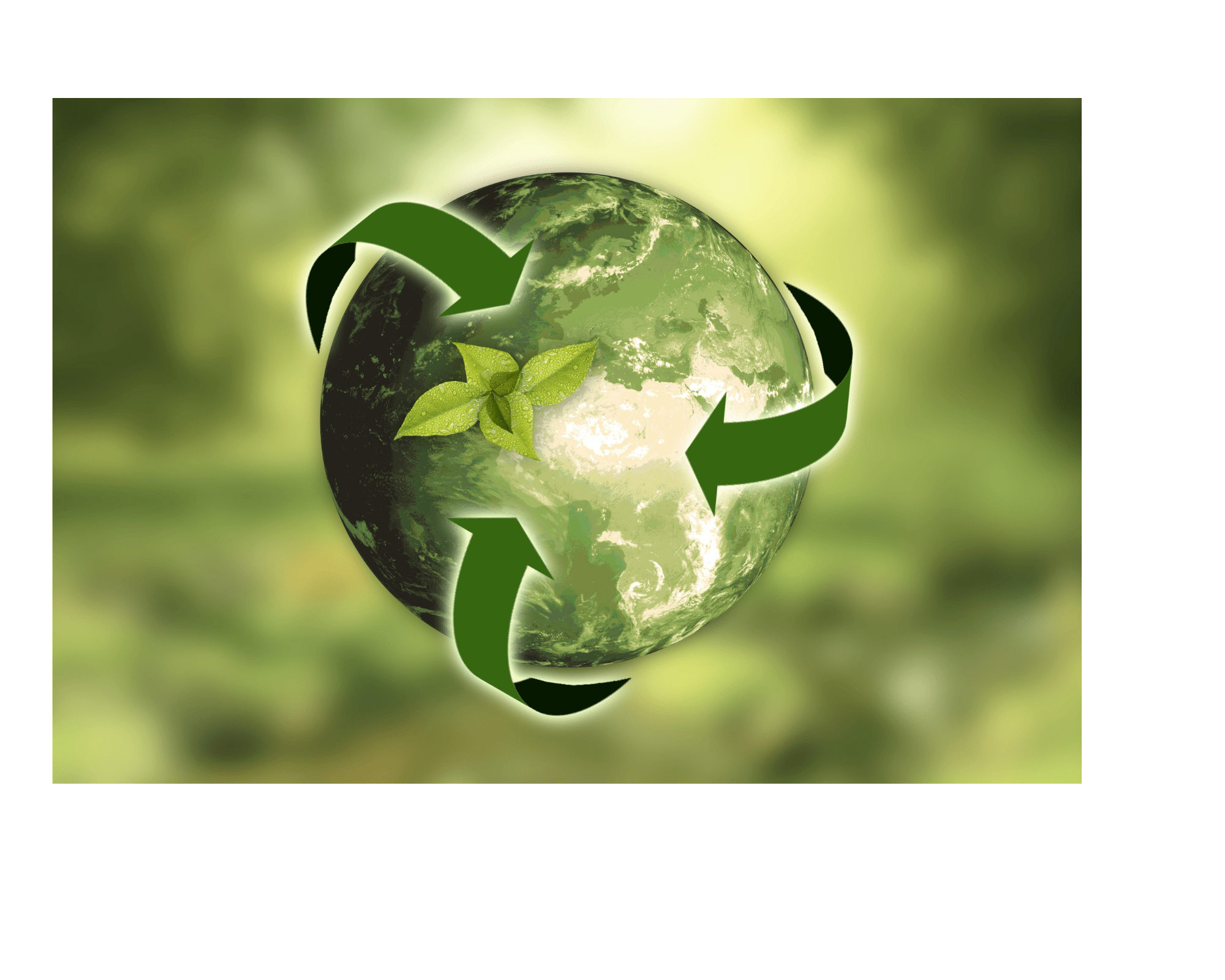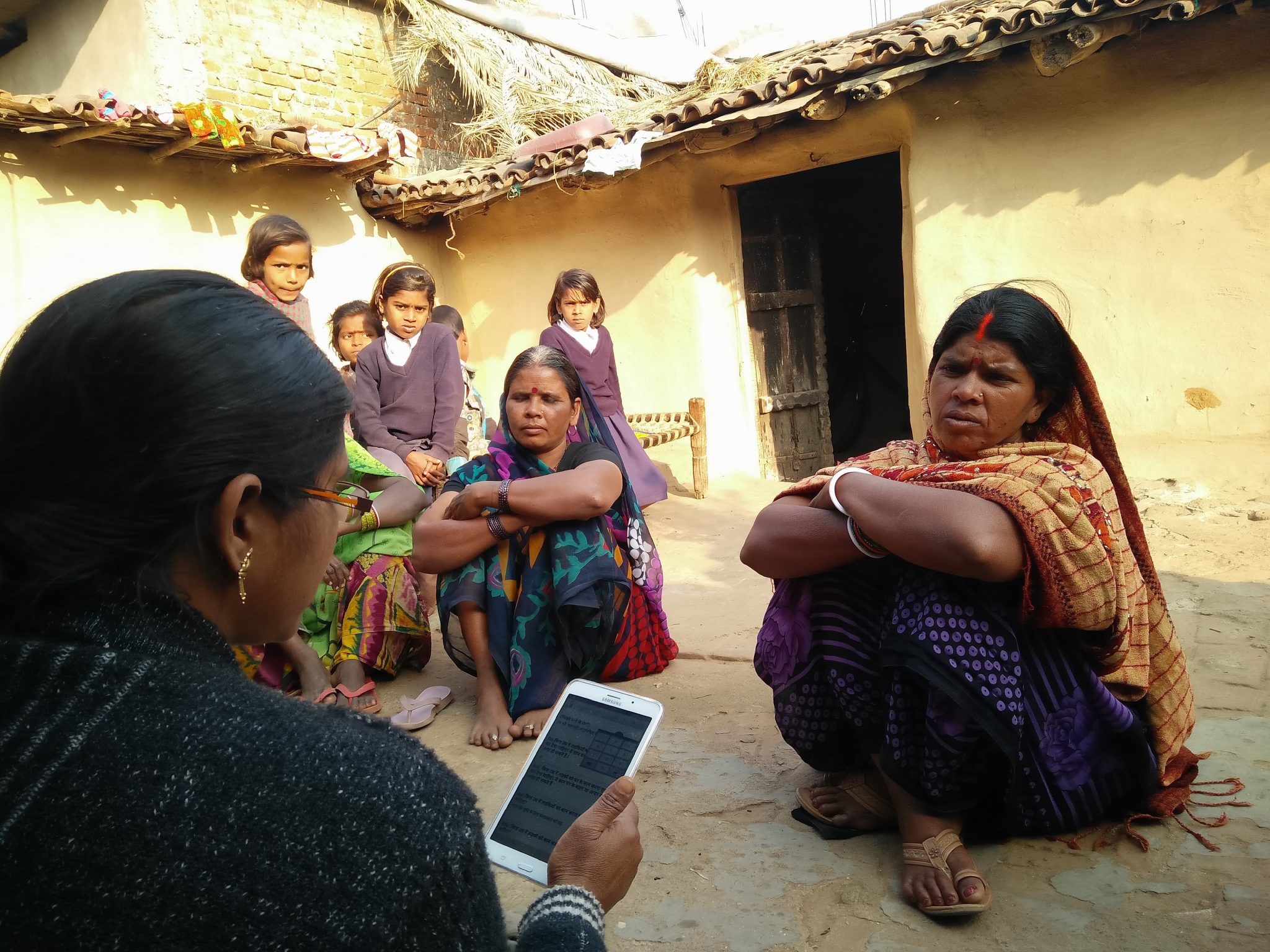Blog Details
Sustainability means “meeting the needs of the present without compromising the ability of future generations to meet their own needs" and Energy resources with less environmental impact are popularly known as clear or green energy. The business dimension of sustainability covers economic development, efficient use of energy, and security which ensures that each country has constant access to sufficient energy. Energy efficiency means using less energy to achieve the same production goals. Renewable energy sources are essential to sustainable energy, as they generally strengthen energy security and emit far fewer greenhouse gases than fossil fuels.
Transitioning to clean energy sources of energy that have renewables at their core is of vital importance if we are to meet our intended Nationally Determined Contributions. Green financial growth places an increased demand on energy infrastructure. The domestic energy demand of India is expected to double by 2040 with electricity demand increasing close to 3 times over a similar period. As of 2021, India ranked 3rd in the sustainable energy attractive Index. India has set an ambitious target to achieve a capacity of 175 Gigawatt (GW) worth of renewable energy by the end of 2022, which will further expand to 450 Gigawatt (GW) by 2030. The installed Renewable energy capacity (including large hydro) has increased from 76.37 Gigawatt (GW) in March 2014 to 150.54 Gigawatt (GW) in November 2021, ie, an increase of approximately 97%.
India’s wind capacity has increased by approximately 2 times from 2016 - 2020. Similarly, India’s solar power capacity has also quintupled in the last 5 years from 6.7 to 40 Gigawatt (GW) in March 2021.
To achieve the targets, the world’s largest renewable energy park of Gigawatt (GW) capacity solar-wind hybrid project is under installation in Gujarat. Some of the growth drivers for India are new areas of opportunities like Wind-solar hybrid, Off-shore wind energy, Green hydrogen and Production Linked Incentive scheme in Solar PV manufacturing
In 2015, India initiated the International Solar Alliance in France with 121 other countries out of which 101 countries are members of the United Nations to work for efficient consumption of solar energy to reduce dependence on fossil fuels. The alliance has partnered with the World Bank to launch Global Solar Atlas at the World Future Energy Summit in Abu Dhabi. It is a free online tool that projects annual average solar power potential at any location in the world and thus identifies potential sites for solar power generation. The alliance further has committed to making the costs of solar power more affordable for remote and inaccessible communities.
Along with the benefits such as a source of fuel supply that never runs out, zero carbon emissions, cleaner air and water, a cheaper form of electricity, there comes a few disadvantages too like higher capital costs in setting up the plants and the whole ecosystem, electricity production can be unreliable, and energy storage is a potential challenge.
Hence the technology is evolving fast but research and development need a big push. New materials like gallium arsenide and carbon nanotubes have the potential to increase solar efficiency by 50 per cent. They can provide solutions to long-standing energy problems. Therefore it is an area that must be explored further and renewable sources of energy should be deployed in the future at a larger scale.








David Angel Makel
IT ConsultantIt is a long established fact that a reader will be distracted by the readable content page looking at its layout point of using normal